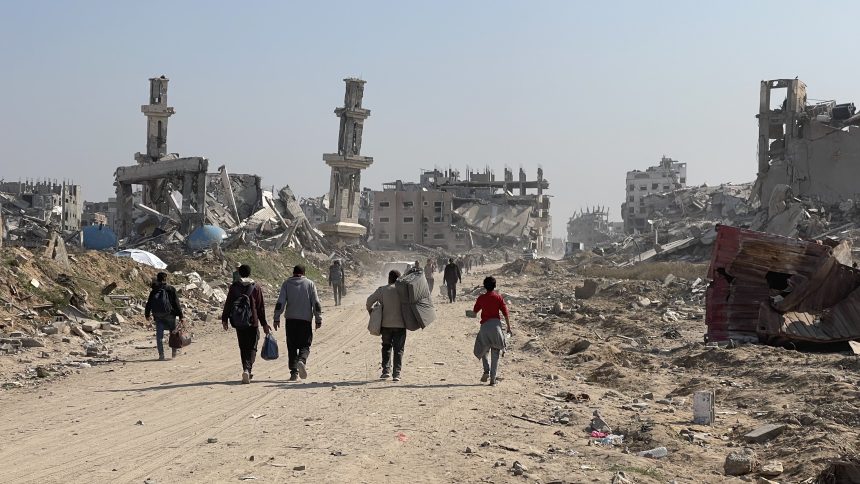Tactical Pauses Implemented Amid Global Pressure
Israel has initiated a daily military pause in three densely populated areas of Gaza—Gaza City, Deir al‑Balah and al‑Mawasi—from 10 a.m. to 8 p.m. local time, in a bid to facilitate humanitarian aid entry. The measure comes after mounting international alarm over starvation and mass malnutrition across the enclave.
Humanitarian Corridors and Airdrops Begin
Designated secure routes for UN and NGO convoys will operate between 6 a.m. and 11 p.m., enabling truck deliveries of food, medicine, and fuel. On the first day of the pause, over 100 aid trucks reportedly crossed into Gaza from Egypt. In parallel, airdrops by Jordan and the UAE delivered emergency supplies—though aid agencies consider them insufficient relative to need.
UN Urges Faster Clearances, Warns Pause Alone Not Enough
The World Food Programme (WFP) has stressed the importance of rapid, predictable approvals for aid convoys. Delays in authorisation undermine the effectiveness of the pause window, limiting deliveries to too few beneficiaries. UN aid chief Tom Fletcher welcomed the week‑long scale‑up and return of movement on some restricted routes—but called for far larger, sustained efforts to avert famine.
Rising Hunger Toll and Civilian Starvation
Aid agencies warn that Gaza’s population of over 2.2 million faces catastrophic food shortages. The UN and WHO report recent malnutrition-related deaths, particularly among children, with July alone seeing dozens of fatalities. Since the onset of war in October 2023, the death toll in Gaza has surpassed 59,000, with at least 133 hunger-related deaths recorded to date in 2025. Humanitarian groups describe conditions as teetering on famine level.
Ongoing Violence Undermines Aid Efforts
Despite the pause, violence has continued: an airstrike reportedly killed a woman and her four children in Gaza City shortly after the initial halt began. Furthermore, multiple incidents of firing near distribution sites have resulted in dozens more casualties, raising concerns among aid workers about safety and neutrality violations.
Next Steps and Critical Challenges
- Authentication of Aid Distribution: UN officials emphasise the need for streamlined bureaucratic clearance to maximise truck convoy movement inside Gaza during the pause window.
- Expanding Access: Although checkpoints eased slightly, aid groups warn the current volume is far below Gaza’s urgent needs, and that temporary pauses cannot replace the need for full, sustained humanitarian corridors.
- Diplomatic Fallout: Broader ceasefire talks remain stalled, with Hamas dismissing the pauses as insufficient. Israel continues to blame Hamas for obstruction, while Western governments call for expanded relief and ceasefire negotiations.
Final Take
Israel’s new daily tactical pause in parts of Gaza represents one of the few recent openings for humanitarian aid amid escalating global condemnation. Yet, the operational window remains narrow, deliveries limited, and violence unchecked. Without swift expansion of aid corridors or a broader ceasefire, humanitarian officials warn that famine is still a very real and accelerating threat.










